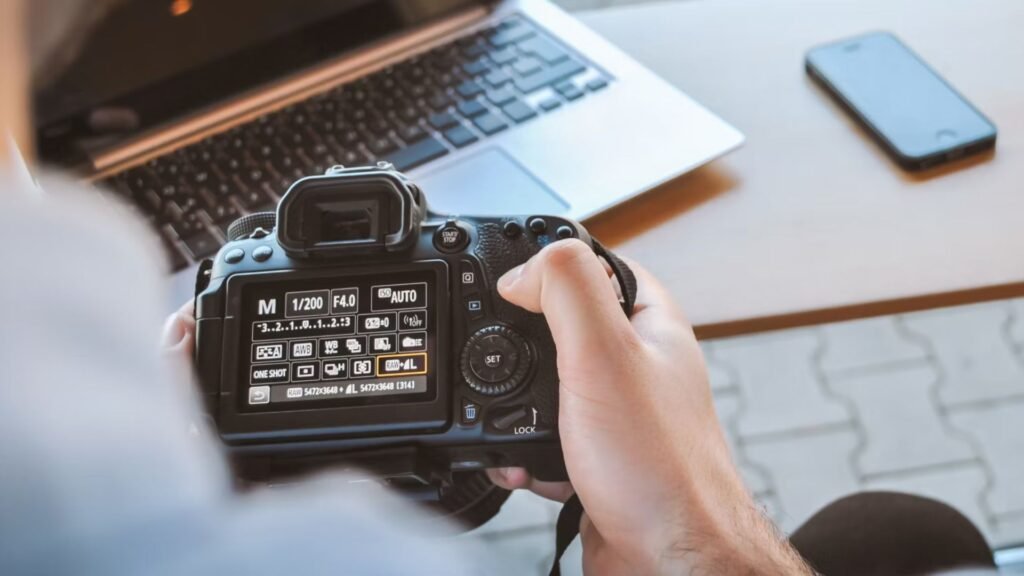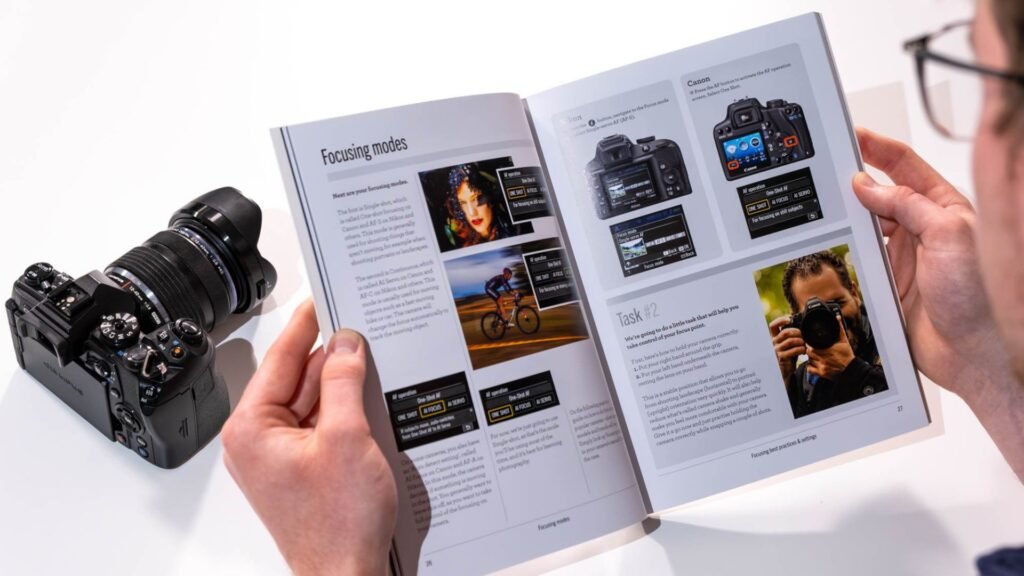Jul 2, 2024
Best Lenses for Macro Photography
Macro photography opens up a fascinating world of tiny details and intricate textures, allowing photographers to capture subjects at a life-size or larger scale. To achieve stunning macro shots, having the right lens is crucial. In this guide, we’ll explore the best lenses for macro photography, helping you choose the perfect gear to bring your close-up visions to life.

Understanding Macro Lenses
Before diving into specific lens recommendations, it’s important to understand what makes a lens suitable for macro photography. Macro lenses are designed to provide high magnification ratios, typically 1:1, meaning the subject appears life-size on the camera sensor. These lenses also offer excellent sharpness and detail, essential for capturing the intricacies of small subjects. With this in mind, let’s explore some of the top lenses for macro photography.
Canon EF 100mm f/2.8L Macro IS USM
The Canon EF 100mm f/2.8L Macro IS USM is a popular choice among macro photographers. This lens offers a true 1:1 magnification ratio, allowing you to capture subjects in stunning detail. Its Image Stabilization (IS) feature helps reduce camera shake, making it easier to shoot handheld in low light conditions. The lens also boasts excellent build quality and weather sealing, ensuring durability and reliability in various shooting environments.
Nikon AF-S VR Micro-Nikkor 105mm f/2.8G IF-ED
For Nikon users, the AF-S VR Micro-Nikkor 105mm f/2.8G IF-ED is a top-notch macro lens. This lens provides a 1:1 magnification ratio and features Vibration Reduction (VR) technology, which minimizes camera shake for sharper images. Its Silent Wave Motor (SWM) ensures fast and quiet autofocus, while the Extra-low Dispersion (ED) glass elements reduce chromatic aberrations, resulting in clear and vibrant images. With its robust construction and versatile focal length, this lens is ideal for a wide range of macro photography applications.
Sony FE 90mm f/2.8 Macro G OSS
Sony’s FE 90mm f/2.8 Macro G OSS lens is a fantastic option for macro photographers using Sony’s mirrorless camera systems. This lens offers a true 1:1 magnification ratio and Optical SteadyShot (OSS) stabilization, which helps achieve sharp images even in challenging lighting conditions. The lens’s advanced optics deliver exceptional sharpness and clarity, while its G series designation signifies superior build quality and performance. Whether you’re photographing insects, flowers, or small objects, this lens provides the precision and detail needed for stunning macro shots.
Tamron SP 90mm f/2.8 Di VC USD Macro
The Tamron SP 90mm f/2.8 Di VC USD Macro lens is a versatile and affordable option for macro photography enthusiasts. It features a 1:1 magnification ratio and Vibration Compensation (VC) technology, which helps reduce camera shake for sharper handheld shots. The Ultrasonic Silent Drive (USD) ensures fast and quiet autofocus, while the moisture-resistant construction allows you to shoot in various weather conditions. With its excellent optical performance and budget-friendly price, this lens is a great choice for those looking to explore the world of macro photography without breaking the bank.
Sigma 105mm f/2.8 EX DG OS HSM Macro
Sigma’s 105mm f/2.8 EX DG OS HSM Macro lens is another excellent option for macro photographers. This lens offers a true 1:1 magnification ratio and Optical Stabilization (OS) technology, which compensates for camera shake to deliver sharp images. The Hyper Sonic Motor (HSM) ensures quick and quiet autofocus, while the Special Low Dispersion (SLD) glass elements minimize chromatic aberrations for clear and accurate color reproduction. With its solid build quality and impressive optical performance, this lens is well-suited for capturing intricate details in macro photography.
Conclusion
Selecting the best lens for macro photography depends on your specific needs and the camera system you use. The lenses mentioned above are all excellent choices, offering superb magnification, sharpness, and build quality. Whether you’re shooting with Canon, Nikon, Sony, Tamron, or Sigma, investing in a high-quality macro lens will significantly enhance your ability to capture the tiny wonders of the world with stunning clarity and detail.
More Details








